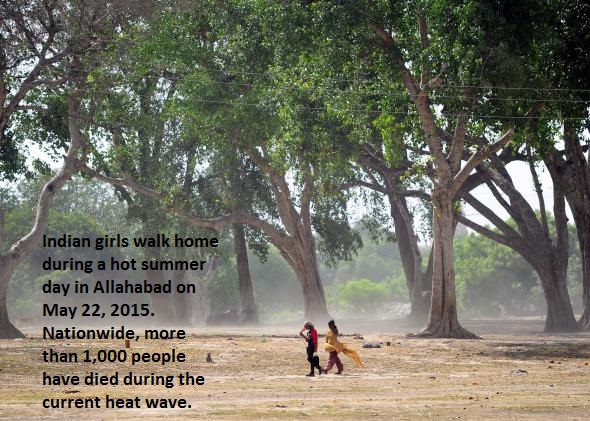
This is because the upper sediment layer and stagnant water on the plate can heat up quickly then. It is possible that the cockles in the Eastern Scheldt were exposed to such high temperatures during the hours around low tide. On 27 July, a maximum temperature of 36.8☌ was recorded in Vlissingen."Ī 2015 Portuguese study found that 100% of cockles died if exposed to a temperature of 35☌ for six hours. "In addition, the deaths occurred at the end of the unusually long heatwave.

"If a disease or environmental pollution had been the culprit, the mortality would probably be more localised," according to WMR researcher Karin Troost. This indicates that the mortality was caused by conditions that were present simultaneously in both the Wadden Sea and the Zeeland waters. For example, mortality occurred in all saline coastal waters where cockles occur on tidal flats. WMR researchers conclude this from a combination of factors. The most obvious cause of death seems to be the unusually long-lasting heat wave in 2018, although other causes cannot yet be ruled out. In that year, Wageningen Marine Research, commissioned by the Dutch Ministry of Agriculture, Nature and Food Quality, started an annual inventory of cockle stocks in Dutch coastal waters.

But what happened in July and the beginning of August this year is exceptional and has not been observed since 1990. Cockles by nature have a high mortality rate.


 0 kommentar(er)
0 kommentar(er)
